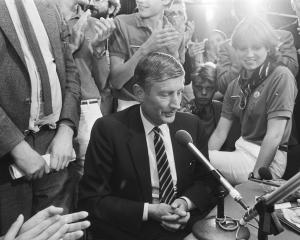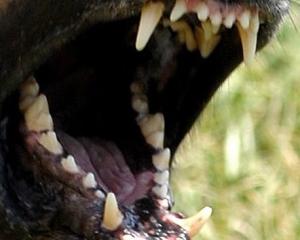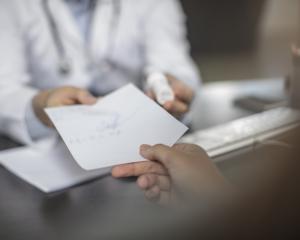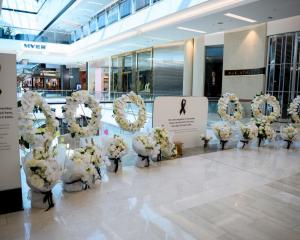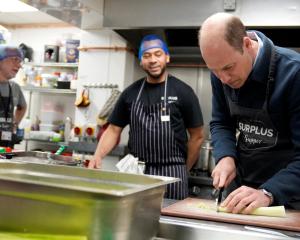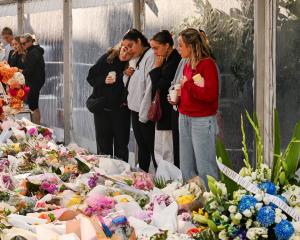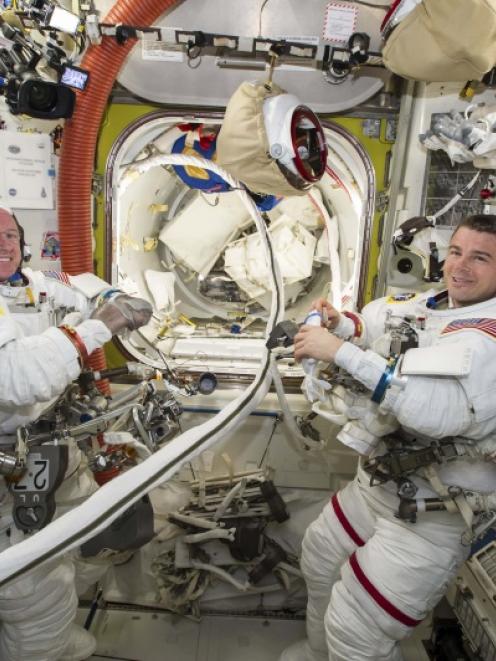
Station flight engineers Reid Wiseman and Barry "Butch" Wilmore floated outside the station's airlock shortly after 8.15am EDT to begin what was expected to be a 6-1/2-hour outing.
Their primary job was to replace a voltage regulator that failed in May, cutting out one of the station's eight power channels. The work needed to be done during a nighttime pass around Earth when the solar arrays are not generating power. The station, a $100 billion research complex, flies about 260 miles (420 km) above Earth.
After collecting their tools and making their way to the right-side exterior truss, the astronauts had just 35 minutes to unbolt the failed unit and install the replacement. The bolts, however, were not cooperative.
"The PGT (pistol grip tool) doesn't have enough power to turn it right now," Wiseman radioed to Mission Control in Houston. "I can feel it binding up."
Wiseman then switched to a ratchet wrench to unbolt the failed device, known as a sequential shunt unit, or SSU.
"Now it's time for Wiseman to apply a little muscle," NASA commentator Rob Navias said during a live broadcast on NASA TV.
That did the trick, clearing the spot for the new SSU.
Wiseman again ran into problems installing the replacement, but as the minutes ticked down toward daylight, he was able to use the power tool and then the ratchet wrench to tighten the single bolt holding the SSU in place.
With less than two minutes before the station passed back into daylight, flight controllers tested the new unit and reported it was working properly, "Whoo-hoo," the spacewalkers radioed to Mission Control.
Wiseman and Wilmore planned to spend the rest of their spacewalk beginning work to prepare the station for the arrival of new commercial space taxis. Capsules built by Boeing and privately owned Space Exploration Technologies are expected to ferry crews to the station beginning in 2017.
Wednesday's spacewalk was the second for Wiseman and the first for Wilmore.
Two Russian crewmates plan another spacewalk on October 22 to replace experiments, document the exterior of the Russian side of the station and take care of some maintenance.

